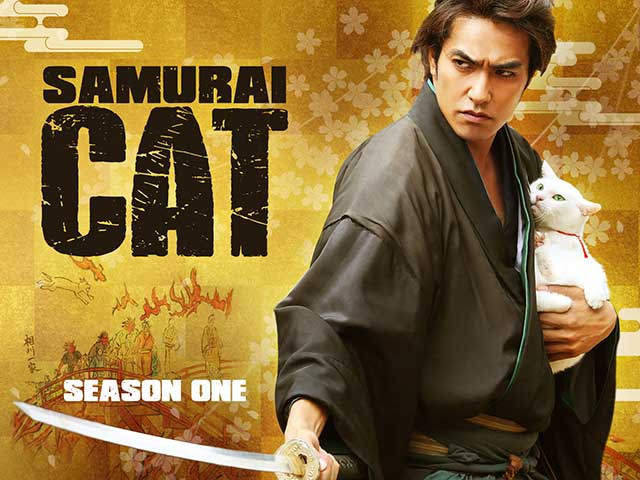
What happens when you combine the internet’s favorite animal with sword-wielding Japanese warriors? You get the 2014 Japanese comedy-drama "Neko Samurai," or "Cat Samurai" (or "Samurai Cat").
Based on a TV series of the same name, "Neko Samurai" has a straightforward plot. A reserved, lone ronin (masterless samurai) named Kyutaro Madarame secludes himself in an idyllic Edo-period town, only to find himself entangled in a conflict between two warring clans. The reason for their feud? One clan adores cats, while the other favors dogs.
When the dog clan hears of Madarame’s reputed warrior skills, they hire him to kill the pet cat, Tamanojo, belonging to the cat clan leader. However, Madarame can’t bring himself to harm the adorable, fluffy white kitty and instead takes her home. This grumpy and solitary samurai must now contend with Tamanojo’s feline stubbornness and the escalating rivalry between the two clans.
"Neko Samurai" is billed as a comedy-drama but leans more towards comedy, albeit lightly. The humor evokes amused chuckles rather than uproarious laughter, deriving mainly from the characters’ absurd behavior and Madarame’s grumpiness. While Madarame’s backstory is somewhat fleshed out, it feels forced and told through flashbacks that seem inserted rather than integrated into the story. The secondary characters are underdeveloped and feel unnecessary. For instance, Madarame mentors a young samurai named Shinsuke Zenba, who seeks to avenge his father. However, Zenba’s character remains shallow, serving more as a human prop than a fully realized character.
The movie’s main attraction is, unsurprisingly, the cat. Tamanojo’s charm gives the film its appeal, and it's impressive how cooperative the cat was in playing such a significant role. Essentially, "Neko Samurai" is a 1.5-hour-long cat video interspersed with humans attempting to kill each other (the sword fights are quite underwhelming for a samurai movie). It’s great for cute entertainment but doesn’t offer much beyond that.
If you’re a cat lover, "Neko Samurai" is an excellent way to pass the time, guaranteed to make you (and your feline companions, if they’re interested) purr with contentment. If you’re a dog lover…well, you probably didn’t make it this far. For everyone else, it’s a movie about cats—why not give it a try if you’re already browsing cat gifs at work?
See also
-
Tatara Samurai
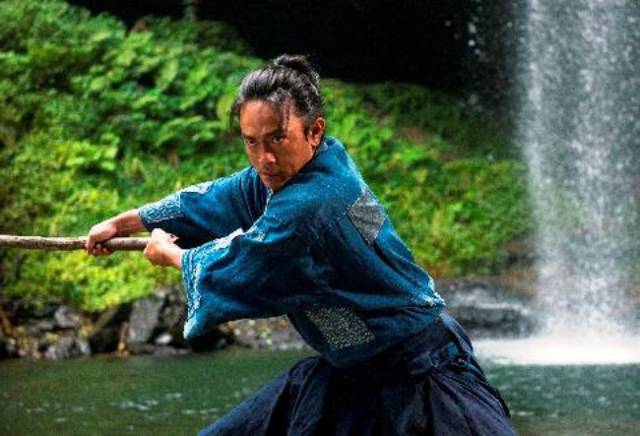
One day, bandits raid the quiet Tatara village, renowned for its steelworks and sword craftsmanship. Despite the arrival of samurai to protect the villagers, young Gosuke's mother is tragically killed while fleeing with him.
-
Samurai Fiction
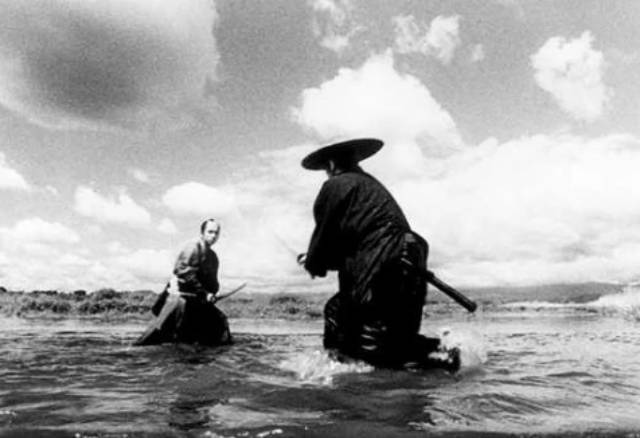
Samurai Fiction is a 1998 samurai-comedy film directed by Hiroyuki Nakano. The movie stands out for being filmed almost entirely in black-and-white, paying homage to classic jidaigeki samurai films. However, what sets it apart from its inspirations, including the works of Akira Kurosawa, is its modern twist, notably Tomoyasu Hotei's rock-and-roll soundtrack. A loose spinoff, Red Shadow, was released in 2001.
-
Rurouni Kenshin
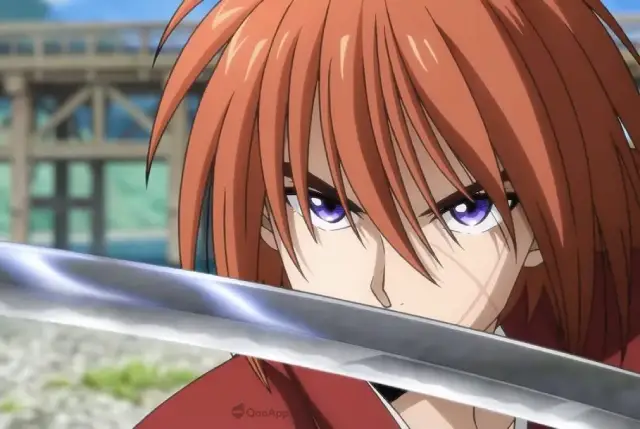
Rurouni Kenshin: Meiji Swordsman Romantic Story (Japanese: Hepburn: Rurōni Kenshin -Meiji Kenkaku Roman Tan-) is a Japanese manga series created by Nobuhiro Watsuki. Set in 1878, during the 11th year of the Meiji era in Japan, the story follows a former assassin known as Hitokiri Battosai. After his role in the turbulent Bakumatsu period, he adopts the identity of Himura Kenshin, a wandering swordsman who vows never to kill again. He dedicates his life to protecting the people of Japan. Watsuki crafted this series with the intent to create a unique shōnen manga, distinguishing it with a protagonist who is a former assassin and a narrative that becomes increasingly serious as it progresses.
-
Samurai Spy
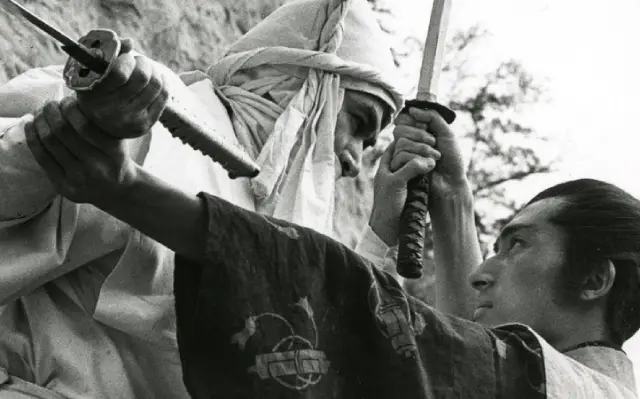
Samurai Spy (Ibun Sarutobi Sasuke), also known as Spy Hunter, is a 1965 film directed by Masahiro Shinoda, adapted from a novel by Koji Nakada. The film follows the legendary ninja Sasuke Sarutobi as he hunts the elusive spy Nojiri, while a shadowy figure named Sakon leads a group of men with their own designs on Nojiri. As the pursuit unfolds, the lines between allies and enemies blur, leaving everyone unsure of each other's true allegiance. Created during the height of the Cold War, the movie reflects the complexities and shifting loyalties of spies caught in the power struggles of their era.
-
Samurai III: Duel at Ganryu Island
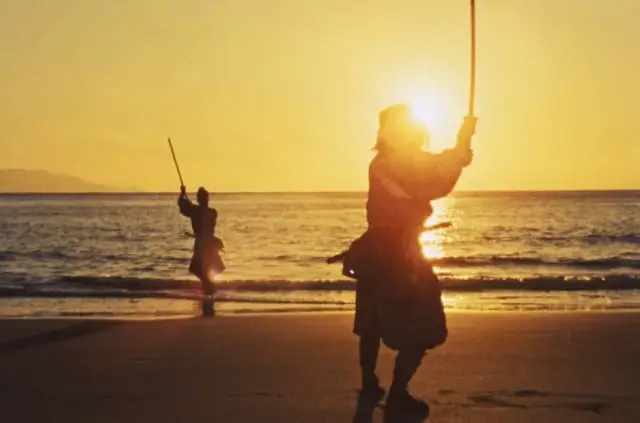
Samurai III: Duel at Ganryu Island (Japanese: Hepburn: Miyamoto Musashi Kanketsuhen: Ketto Ganryūjima) is a 1956 Japanese film directed by Hiroshi Inagaki and starring Toshiro Mifune. Filmed in Eastmancolor, it serves as the concluding chapter of Inagaki's Samurai Trilogy.
-
Samurai Marathon
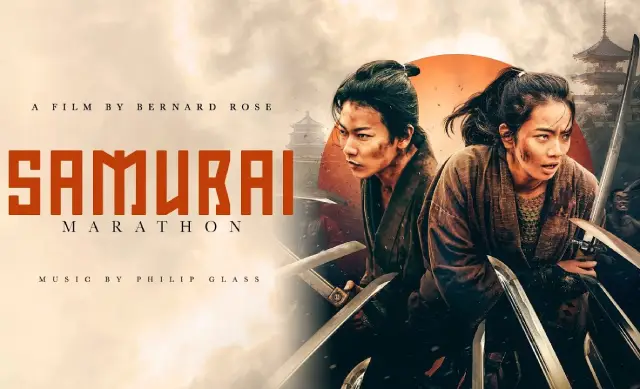
The producing team behind Takashi Miike's "13 Assassins," Jeremy Thomas and Toshiaki Nakazawa, reunite for another visually striking and action-packed samurai film. Based on a novel by Akihiro Dobashi, this film may not reach the same heights of relentless carnage or critical acclaim as its predecessor, but it still offers an exciting and occasionally humorous addition to the samurai genre, likely to resonate with festival audiences. This story of a literal running battle between rival samurai factions could see moderate success in theaters, though it may require more marketing effort without the ultra-violent appeal that made "13 Assassins" memorable.
-
Samurai II: Duel at Ichijoji Temple (1955)
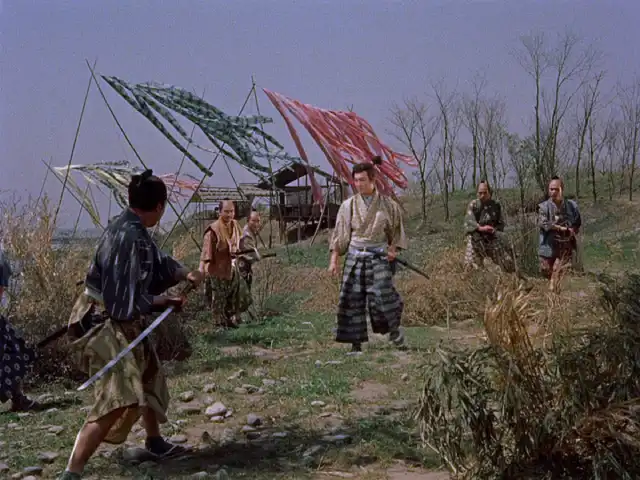
Duel at Ichijoji Temple (Hepburn: Zoku Miyamoto Musashi: Ichijōji no Kettō) is a 1955 Japanese film directed by Hiroshi Inagaki and starring Toshiro Mifune. Filmed in Eastmancolor, it is the second installment in Inagaki's Samurai Trilogy.
-
The Samurai I Loved (Semishigure)
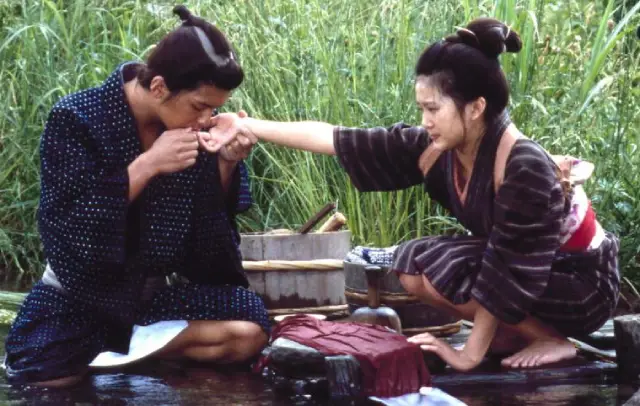
The costumes, settings, and script of The Samurai I Loved immediately transport samurai film enthusiasts back to the golden era of classic black-and-white samurai masterpieces.

